On the 25th April 1915, Australian and New Zealand forces stepped ashore onto the beaches of the Gallipoli Peninsular, Turkey. They were part of a large expeditionary force comprising of British, Indian, Newfoundland and French forces, with the aim of fighting their way into Turkey and capturing Constantinople (modern day Istanbul), the capital of the Ottoman Empire.
An ambitious plan, and what could have been a bold strike that might well have changed the course of the war, very quickly deteriorated into stalemate of trench warfare only a short distance inland from the landing sites. A variety of reasons contributed to this impasse, but primarily the fighting ability of the Turks was severely underestimated, putting up a fierce and unrelenting defence.
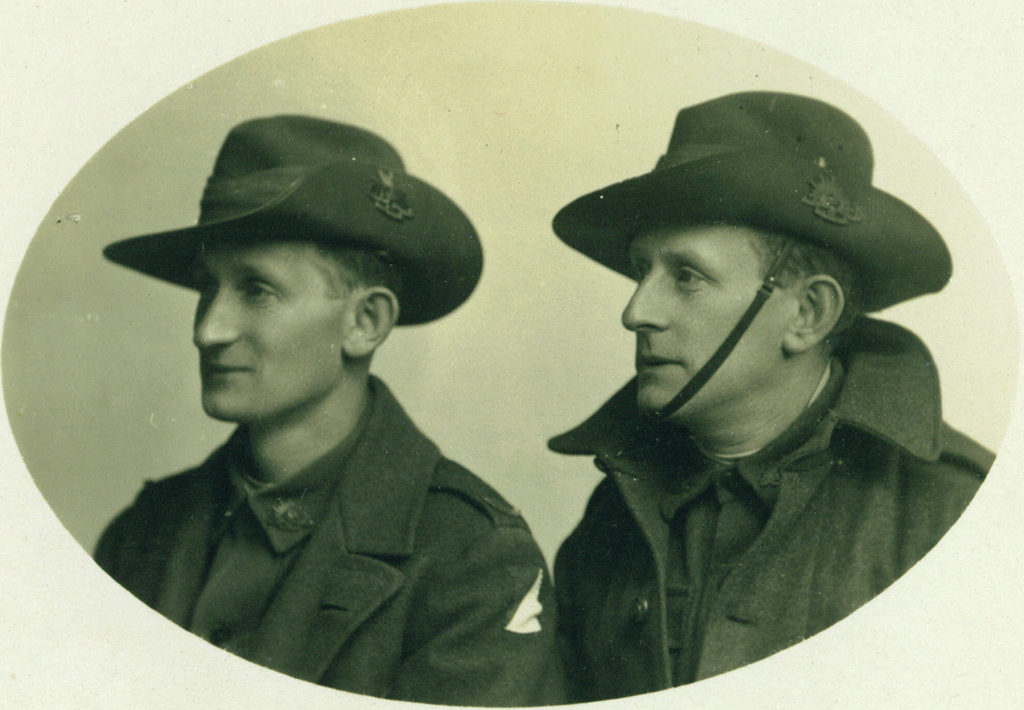
The end result was eight months of horrific trench warfare, which claimed the lives of thousands of men from both sides as a result of combat and disease. When it was acknowledged that the Gallipoli campaign was untenable, the decision was made to leave the peninsular and on the 20th December 1915, The Australians and New Zealanders under secrecy and the cover of darkness were evacuated from Gallipoli. In those eight months, 28,150 Australians became casualties, which includes 8,709 killed and 7,473 New Zealanders with 2,721 killed in action.
Rewinding sixteen months to the outbreak of war in August 1914, Australia had only been a federated nation for thirteen years and New Zealand seven, and though contingents of militia from both Australia and New Zealand had been sent to fight in South Africa during the Boer War, both countries had not fought in any major conflicts as nations. Keen to play their part, both Governments went about recruiting men, and thousands of men rallied to the call. Late 1914, the first wave of Australians and New Zealanders set off destined for the Western Front in Europe, but were diverted to Egypt and subsequently Gallipoli. This contingent of antipodeans were known as the Australian and New Zealand Army Corps, but more commonly ANZAC’s, and it was the 25th April 1915 that the ANZAC’s wrote themselves into history and into the psyche of the Australian and New Zealand Nations.
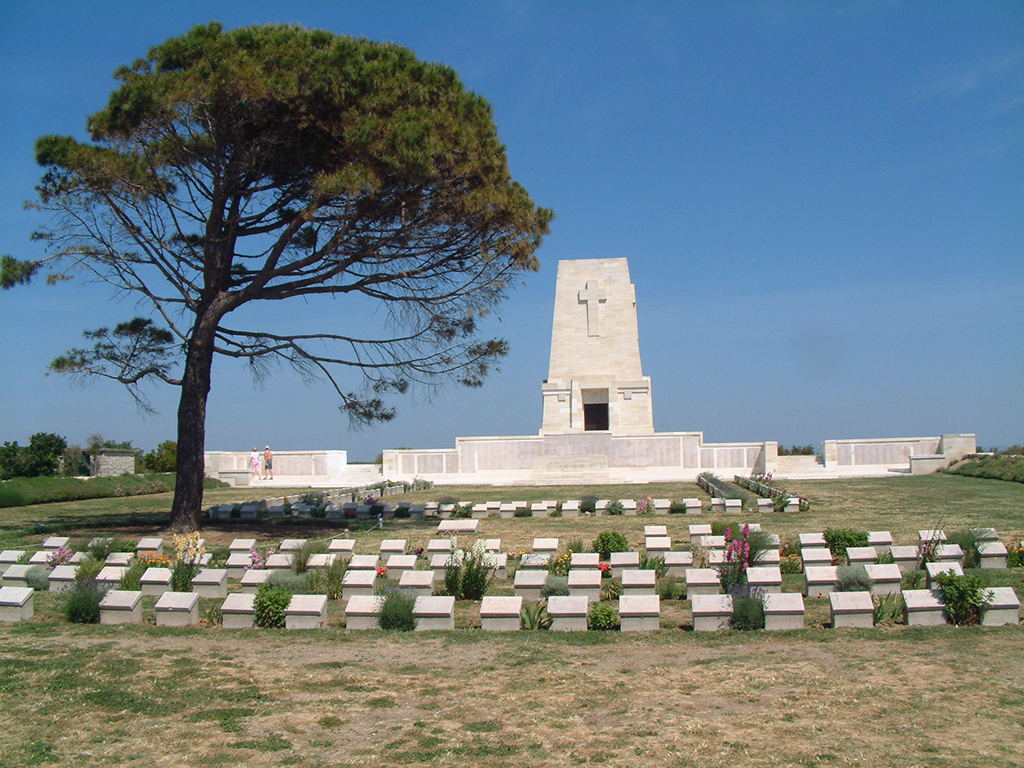
The 25th April soon became a day of remembrance, with the first ANZAC day in 1916. There were commemoration ceremonies throughout the two countries and 2000 Australian and New Zealand soldiers marched through the streets of London. However, Gallipoli would be the last time the two nations would fight side by side for some time and it wouldn’t be until June 1917 at the Battle of Messines in Belgium, before they fought alongside each other again Throughout the remainder of the war ANZAC day continued to be a day of commemoration with marches in major cities, but it was used for recruitment rallies also.
At the end of hostilities in November 1918, over 60,000 Australian and over 18,000 New Zealanders had been killed, the majority on the Western Front. ANZAC day commemorations continued after the war, though there was no formal organisation, commemorations took on many different forms throughout Australia, with a morning vigil being popular amongst veterans as they most likely found peace in the quite solitude of the dawn. It was these vigils that formed the basis of the Dawn Service, which is a regular part of the ANZAC commemorations we know today.
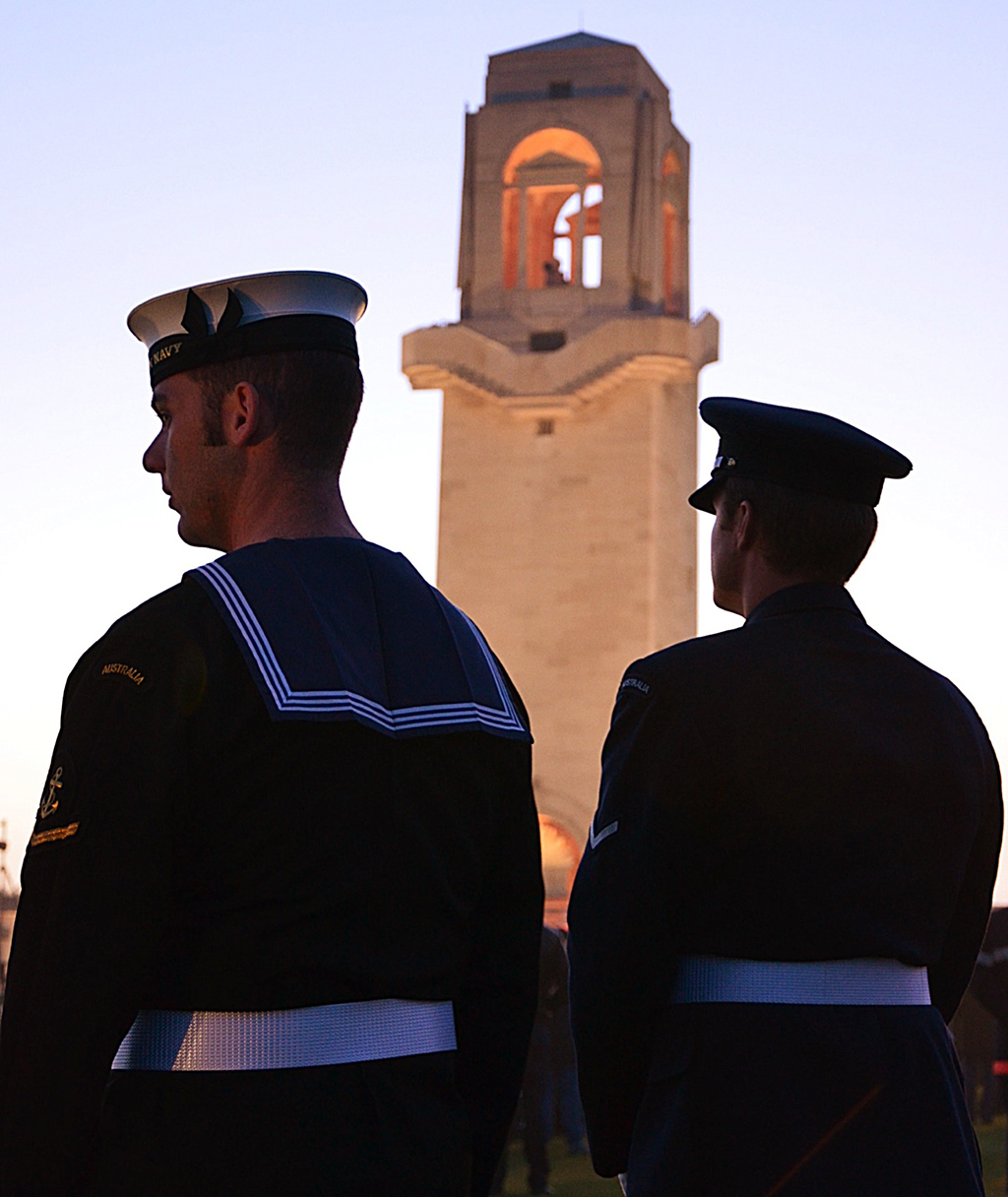
ANZAC day continued to be popular and following World War 2, there became a new generation of ANZAC’s to commemorate. In the 1960’s with Australia’s involvement in the Vietnam War, the popularity of ANZAC Day declined with many commemoration services marred by anti-war protests. It wasn’t until the late 1970’s that they regained the popularity and attendance they had seen post World War 2.
As a young soldier in the Australian Army in the 1980’s, I participated in many ANZAC day commemorations and I have strong memories of marching along George Street in Sydney and the pavements were lined with thousands of people. As far as the eye could see along George Street it was a sea of khaki, white and blue, with the men and woman of the Army, Navy and Airforce, marching alongside veterans of three wars. The day always started with the dawn service at a war memorial local to our barracks and then it was back to the RSL (Returned Service League) for a rum with the veterans, before heading into the city for the main march. ANZAC day always ended back at an RSL for the biggest game of two-up, with the calls of “come in spinner” ringing around the room. Incidentally the only time it’s legal to play.
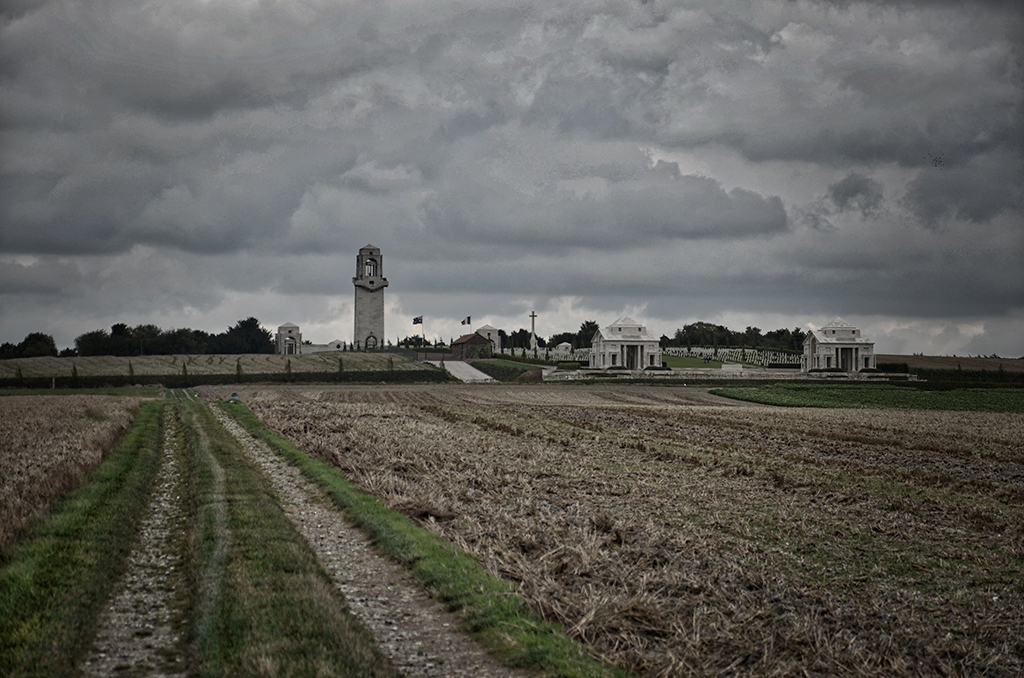
In my younger years, I always associated ANZAC day with the remembrance of the dead and missing in the mud of France and Flanders, the beaches of Gallipoli and the sands of Mesopotamia, however as I become more involved in military history it became more than that for me. ANZAC day for me now is not only commemorating the ultimate sacrifice so many of those men made, but it is also remembering the ones that came back. So many returned from war changed men, whether physically or mentally and the war would have a profound impact on them for the rest of their lives. It’s also reflecting on the impact war has on those left behind, whether grieving for the loss of a loved one or caring for the injured. Seeing the veterans turned out in their best bib and tucker, proudly wearing their medals, smiling and joking amongst their mates, it was easy for me to forget the painful memories so many would have had.
ANZAC day is for commemorating the fallen and celebrating the achievements of the Australian forces in all the wars it has been involved in, but also reflecting on and remembering as it has been so eloquently said to me so many times “Just ordinary men doing extraordinary things”
Join us for our Centenary of ANZAC at Villers-Bretonneaux on this 5-day tour from £399pp.

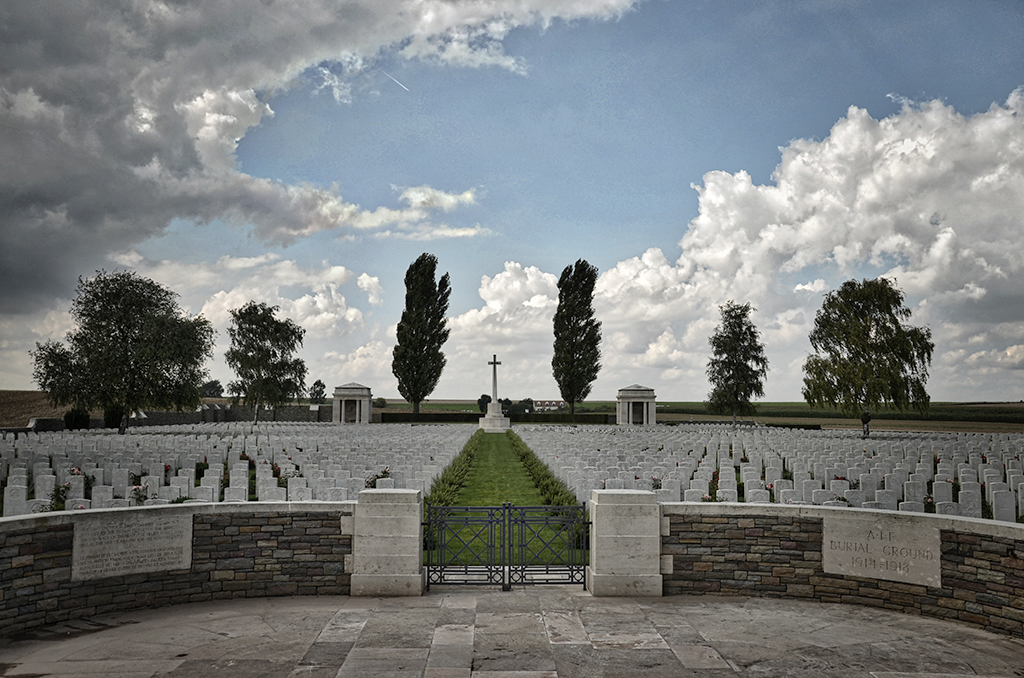
Just returned from Leger`s annual trip to the Gallipoli battlefields. As usual the arrangements were to the highest standards. Special words of thanks to Leger Tour Guide Gary Ashley, local Turkish Guide, Cem, and our driver during the week Talat. There was a total of 28 on the trip – we met as strangers and parted as friends. Crammed in so much during the week………..think I now need a holiday……
Grant Cullen